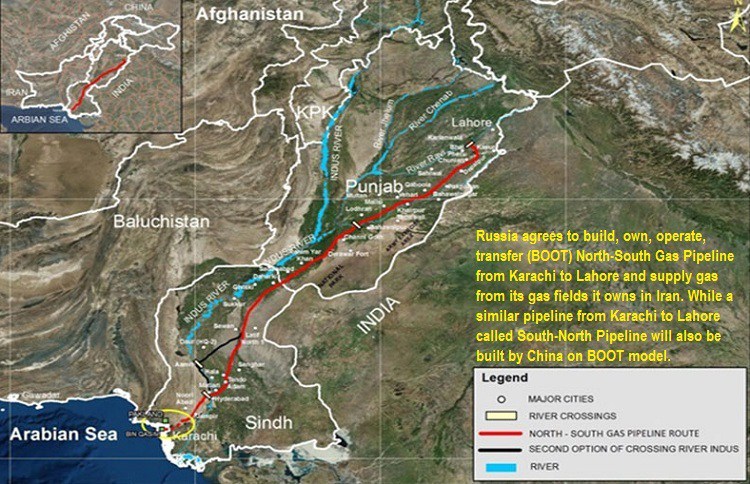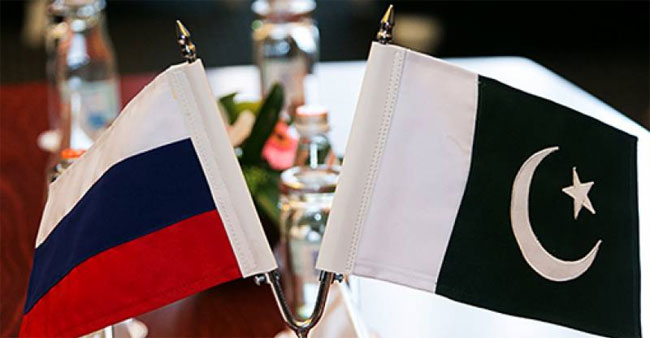‘GECF committed to help India emerge as key player for future natural gas imports’
India has announced plans to increase share of natural gas to 15% by 2020 from around 7% today.
The Gas Exporting Countries Forum, through its member coun- tries, remains committed to supply additional LNG to the Indian market to help the country achieve its goal of natural gas repre- senting 15% of the primary energy mix by 2020, says GECF secretary- general Yury Sentyurin.
India is emerging as key country for future natural gas imports as the government has announced plans to increase the share of natural gas to 15% by 2020 from around 7% today.
Asked what the Indian push towards LNG meant for GECF, Sentyurin said, “First of all, India as one of the fastest growing emerging markets, with economic growth about 7%, represents a huge promising future for gas demand in coming years.
“In addition, the fertiliser industry leads gas consumption in the country accounting for around 34% of total gas consumption. The fer- tiliser sector is of critical importance for the agricultural sector in India, which contributed to 17% of India’s GDP in the fi nancial year 2016-17.”
On whether GECF would play a leading role in helping India reach its natural gas target, the secretary-general said, “The target of the gov- ernment to reach a 15% share in the energy mix means a lot not only for GECF, but for India as an important country engaging in securing energy for its industry, as well as for natural gas. “This denotes a golden future for this golden source of energy, widely available with GECF member countries sitting on more than 70% of its proven reserves.”
Sentyurin provided Gulf Times with some key facts and fi gures on natural gas market in India. India, he said, imports natural gas in the form of LNG amidst grow- ing domestic gas demand and declining domestic gas production. GECF member countries have been a reliable supplier of LNG to India for more than a decade, since imports started in 2004. In 2017, GECF countries supplied more than 80% of India’s LNG im- ports, which includes supplies based on long-term contracts and spot LNG sales, he said.
As of the beginning of 2018, India has more than 20mn tonnes per year (mtpy) of LNG supply under long-term contracts with more than 40% from GECF countries. He said GECF members have also strengthened the partnership with India, where India opted to purchase additional volumes of LNG from GECF members, in addition to the renegotiation of two long-term LNG contracts with some GECF countries based on ‘win-win’ situation.
At the same time, Sentyurin noted renegotiations with other non- GECF suppliers did not reach the same results. “This solid historical partnership with India is an asset in both sides that continues to be strengthened, especially with more calls for natural gas by Indian consumers,” he said. “There are plenty of opportunities of co-operation with this impor- tant partner that could go above selling and buying gas and LNG, where we have seen the interest of India to invest in upstream and gas export projects in some GECF countries,” Sentyurin added.

